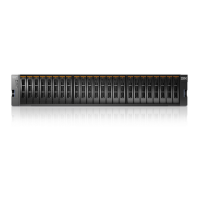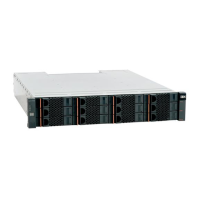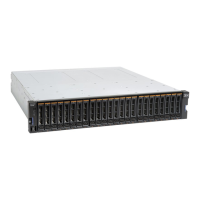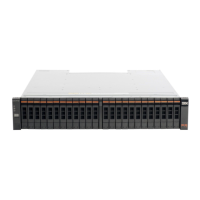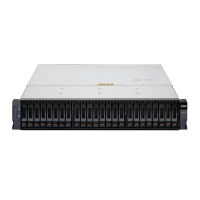830 Implementing the IBM Storwize V5000 Gen2 with IBM Spectrum Virtualize V8.1
Point-in-time copy
A point-in-time copy is the instantaneous copy that the FlashCopy service makes of the
source volume. See also “FlashCopy service” on page 825.
Preparing phase
Before you start the FlashCopy process, you must prepare a FlashCopy mapping. The
preparing phase flushes a volume’s data from cache in preparation for the FlashCopy
operation.
Primary volume
In a stand-alone Metro Mirror or Global Mirror relationship, the target of write operations
issued by the host application.
Private fabric
Configure one SAN per fabric so that it is dedicated for node-to-node communication. This
SAN is referred to as a private SAN.
Public fabric
Configure one SAN per fabric so that it is dedicated for host attachment, storage system
attachment, and remote copy operations. This SAN is referred to as a public SAN. You can
configure the public SAN to allow Storwize V5000 node-to-node communication also. You can
optionally use the -localportfcmask parameter of the chsystem command to constrain the
node-to-node communication to use only the private SAN.
Quorum disk
A disk that contains a reserved area that is used exclusively for system management. The
quorum disk is accessed when it is necessary to determine which half of the clustered system
continues to read and write data. Quorum disks can either be MDisks or drives.
Quorum index
The quorum index is the pointer that indicates the order that is used to resolve a tie. Nodes
attempt to lock the first quorum disk (index 0), followed by the next disk (index 1), and finally
the last disk (index 2). The tie is broken by the node that locks them first.
RACE engine
The RACE engine compresses data on volumes in real time with minimal effect on
performance. See “Compression” on page 821 or “Real-time Compression”.
Real capacity
Real capacity is the amount of storage that is allocated to a volume copy from a storage pool.
Real-time Compression
Real-time Compression is an IBM integrated software function for storage space efficiency.
The RACE engine compresses data on volumes in real time with minimal effect on
performance. See also “RACE engine”.
Redundant Array of Independent Disks
Redundant Array of Independent Disks (RAID) refers to two or more physical disk drives that
are combined in an array in a certain way, which incorporates a RAID level for failure
protection or better performance. The most common RAID levels are 0, 1, 5, 6, and 10. Some
storage administrators refer to the RAID group as TRAID - Traditional RAID.
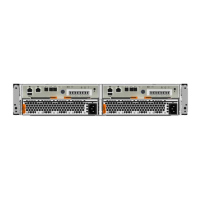
